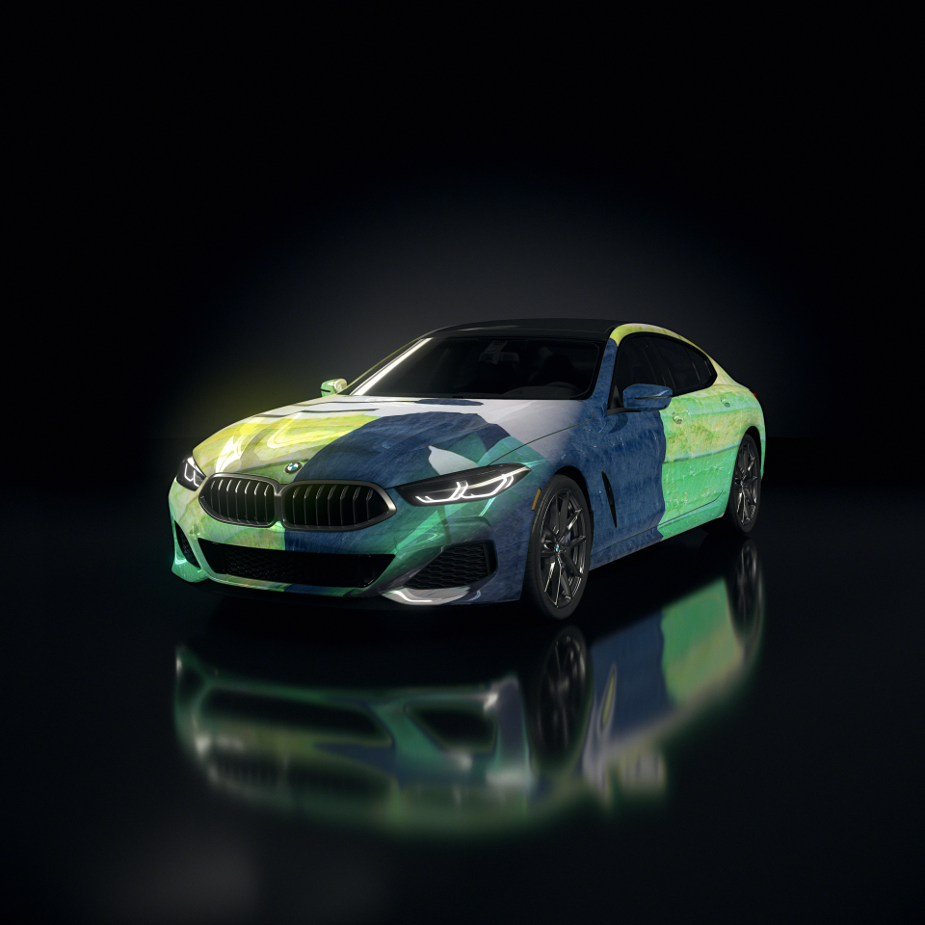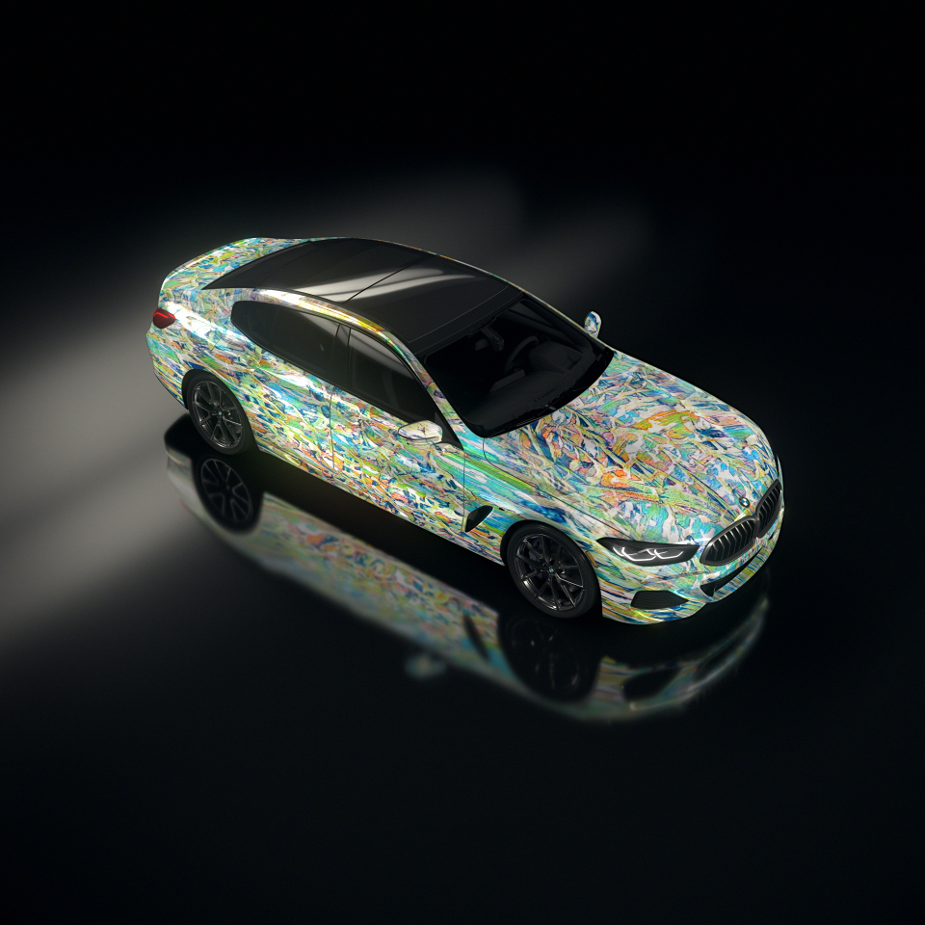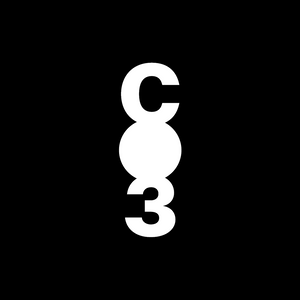
How BMW and GS&P Are Using AI to Generate Fresh Works of Art

BMW is a brand with a rich heritage in the art world. Over the past 50 years it has partnered with renowned artists, musicians, designers, curators, and institutions. You can find the brand in arts communities around the world – over the years BMW Group developed its own initiatives including the BMW Guggenheim Lab, BMW Tate Live, BMW Open Work by Frieze, the BMW Welt Jazz Award, the BMW Art Guide by Independent Collectors, the BMW Art Journey and the free concert series Opera for All in Berlin, Munich, Moscow and London.
In a bid to keep pushing the boundaries of creativity, BMW recently teamed up with Goodby Silverstein & Partners to dive into the world of artificial intelligence and learn how it can be used as an innovative tool to advance not only art but also creative expression in general. More specifically, this new project, entitled 'The Ultimate AI Masterpiece', uses artificial intelligence and machine learning to explore and create art with the BMW 8 Series Gran Coupe as its canvas.
Using a unique data set consisting of nearly 50,000 paintings that cover over 900 years of art history, the AI will find, generate and project ever-evolving forms and textures onto the vehicle's surface. In essence, by learning from the history of art, the AI will be turning the 8GC into a constantly changing work of art itself.
BMW and GS&P also solicited the expertise of art collector Gary Yeh in order to help guide the AI art model in a more modern and intentional direction. This collaboration has enabled the AI to further learn from works by modern working artists, such as Hugo McCloud, Kyungah Ham and Lee Bae, to name a few.
Eager to know the inspiration behind the idea, the technical details of making it a reality, and the possibilities of machine learning to further creativity, LBB's Addison Capper spoke with Hedwig Solis Weinstein, head of BMW brand co-operations, arts & design, and Nathan Shipley, creative technologist at GS&P.
LBB> Hedwig, BMW has a rich history in the art world, and multiple artists have used BMW vehicles as canvases in the past. Why is it an important place for the brand to have a presence in?
Hedwig> Everything starts with BMW’s passion for creativity - it is key to our company, our engineers and designers. Engaging with artists, galleries and passionate collectors through our long-term partnerships with art fairs and digital art platforms is a way to convey this. We are celebrating 50 years of cultural engagement this year with over 100 initiatives worldwide and we can’t wait for more exciting projects. Culture is curiosity, a haven of beauty, depth and creativity – the perfect fuel for our brand.
LBB> What were your aims with this campaign? Going into the project, what were the early conversations with GS&P like?
Hedwig> Drawing on BMW’s history of art and innovation we wanted to tap into an all-new and inspiring field of expertise with AI specialists creating synergies between technology and art.
Driven by the desire to explore new technology Nathan started a project in which an AI algorithm learns different styles by absorbing 900 years of art history and generates something new and unique out of it.
We then brought Nathan in dialogue with Gary [Yeh] to enrich the project with thoughtfully selected artworks by living artists so that the AI could learn to combine the historic data set with contemporary art. And of course, involve fantastic artists like Leelee Chan, Samson Young and Jamal Cyrus from our BMW Art Journey initiative. Last but not least, inspired by the history of BMW’s cultural engagement and automobiles, we projected the results on THE 8.

LBB> Nathan, for you what were the foundations of this campaign? Was there a particular brief from BMW?
Nathan> The idea was originally born from a creative brief for GS&P Labs, our in-house creative technology team, almost two years ago. We wondered what it would look like if we used AI to generate the paint of a car. Then the idea evolved to exploring the use of animated AI-generated content instead of something static, and then to actually skinning a car with a deformable LED screen and having a computer inside that could generate the car's paint job in real time.
In the end, because covering a car in an LED screen turns out to be a really big deal, we’ve gone with digital projection mapping onto the car’s surface!
LBB> BMW has previously exhibited in the art world, and artists have used vehicles as a canvas. How did you go about building on that to create something entirely new? What were those early conversations of this project like?
Nathan> Our early conversations around the project certainly orbited around BMW’s existing work using vehicles as a canvas, with BMW’s Art Car Project. While we aren’t making an official art car, we are very inspired by the work that those amazing artists have done.
When we saw the first images of this generative art projected onto the car, it was incredibly exciting. It was striking; it felt fresh. By its very nature, it is a departure from any existing work.

LBB> When did AI come into play? And when that conversation started, did you already determine how you could use it? How and when did you come up with the idea to use machine learning to evolve already existing pieces of art?
Nathan> The thinking to use AI was part of the original idea, but we didn’t know the specifics yet. That came with time and exploration. I had been already exploring ways that AI could be used to create generative imagery and art. GS&P sent me to a conference at MIT about GANs in 2019, and I came back incredibly excited about all the possibilities.
At that point we began a full-on exploration with different data sets. What would it look like if we used something representing all of art history? What if we used only Cubist imagery? What if we focused on particular techniques and mediums? Just pencil sketches, for example. I also took inspiration from incredible artists like Memo Akten, Helena Sarin, Mario Klingemann and Scott Eaton, who had already been creating generative art using AI.
LBB> Hedwig, what were your thoughts when GS&P pitched you the AI idea? And why were you keen to go for this more technological approach to the art world?
Hedwig> BMW pushes for cultural development and embodies innovation, setting new standards with inventive digital projects and reaching audiences in innovative ways is deeply rooted in our DNA – so it simply made sense to team up with Nathan, especially as he is truly an expert in his field! As art is something so fascinating and ever evolving, we felt it was a beautiful way to push boundaries. Bringing in Gary Yeh as an art expert enriched the project and connected it to contemporary art.

LBB> Technologically, can you explain further exactly how this works and how you built the technology to make it possible?
Nathan> The AI here is a kind of machine-learning method called deep learning. The system is finding and replicating patterns in a gigantic unlabelled data set of paintings, using a neural network. The neural network actually works in some ways that are similar to the human brain!
Our particular machine-learning framework is called a GAN, or generative adversarial network. This actually has two neural networks that work together to learn to find and re-create patterns it can find in the data. In this case our data is paintings.
Nvidia and their researchers (Tero Karras, Samuli Laine and Timo Aila) get credit for developing the AI framework that we use, called StyleGAN. They originally used it on photographic content - for example, to create human faces, churches, cars, etc. However, we are more interested in it as a tool to create art, so we let the algorithm learn from art.
While the algorithm knows only what we have shown it, it also has the ability to make entirely new things. It doesn’t make copies of what it learns from, but it makes things that are informed by the source material.
LBB> A lot of the art that the AI will be learning from is rooted in the past - how did you decide the pieces that you wanted it to learn from?
Nathan> The art from the past that we included encompasses a huge range of art history - around 900 years and almost 50,000 works. The thinking here was to cast a broad net and was part of an exploration to see what happens when we ask the AI to learn, generally, what art is.
While we explored smaller data sets, we ultimately intentionally didn’t exclude things as our starting point. It is very striking to watch the generated imagery morph from one style and genre to another.
However, the most important step came when Gary Yeh got involved.
LBB> Yeah, you’ve also showcased more modern artworks too, with the help of Gary. How did he come to be part of the project? And what did he bring to it?
Nathan> Gary was brought in by BMW Culture Group, which helped us advance the project internally at BMW. Gary’s involvement moved the project in an intentional direction and connected us to these amazing artists who were willing to allow the AI to learn from their work.
LBB> Why did you decide to include those more modern pieces?
Nathan> Including contemporary pieces makes the work that we’re doing and the art that we’re creating relevant and intentional.
It also really connected to one of my central thoughts about using algorithms and AI to create art: AI is a tool to create imagery, not a replacement for an artist or a human making choices. Working with these artists marks an intentional step in the direction of using AI as a tool in concert with human image makers.
LBB> You have touched upon this there, but I think that artificial intelligence still has something of a murky reputation, especially when it comes to creativity. What are your thoughts on that, given the way that you've really pushed and furthered works of art with the technology with this project? How do you think this will be perceived in the art world?
Nathan> I see AI as a tool for artists. The algorithms and the technology are amazing, but they’re not human. They are not creative.
Aaron Hertzmann, a research scientist at Adobe, gives a great talk about this. He draws parallels to the invention of photography and the way painters initially reacted to it. The medium was scoffed at as a cheap way of creating a painting - it was said that photography was not art. However, today, no one would question photography’s place as an artistic medium. Furthermore, the advent of photography helped bring about changes to painting itself. What could a human painter do that couldn’t be done with a camera?
Now we are at an incredibly exciting time when we are starting to see both digitally native and classically trained artists really begin to explore AI as a medium of creative expression. I can’t wait to see what people will create next with AI.
Hedwig> Good question, as with every innovation there are opportunities and challenges. Embracing them with curiosity and openness is key for our company. AI is driving fundamental developments in technology and society. It is here to stay, and it is up to us to define how we will interact with it across different disciplines from neuroscience, control & robotics, reinforcement learning and also culture.
It was key for us to involve the art world in this project and explore together how AI can support artists in their practice. Without the beautiful works that were fed to the AI, the algorithm wouldn’t have anything to learn from – so it all starts with curious artists being open to explore the intersection of technology and art.
LBB> Any parting thoughts?
Nathan> I’d like to thank both BMW and Goodby Silverstein & Partners for providing me with space to continue exploring new ways to generate images and work on complicated visual problems. Thanks to Gary and all the artists who shared their work with us. We are truly standing on the shoulders of giants. I’m still hoping we might be able to cover a car in LEDs and generate art to go on in it in real time!
Hedwig> Still dreaming about if AI will ever be able to bring back artists like Picasso.














